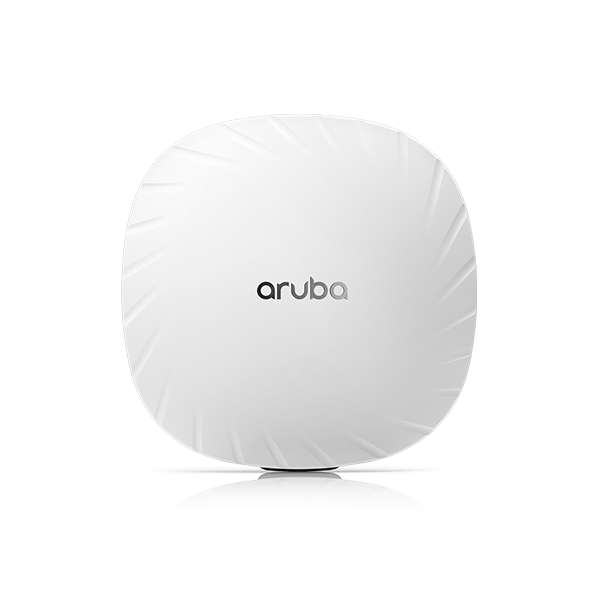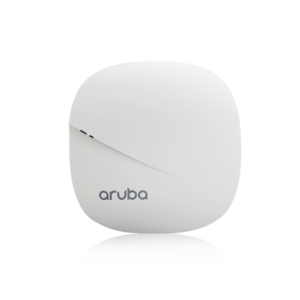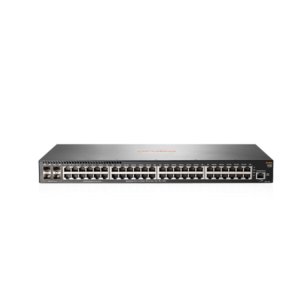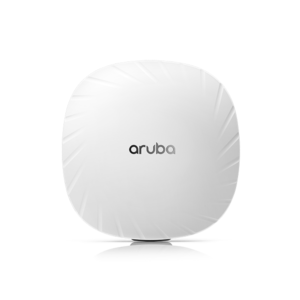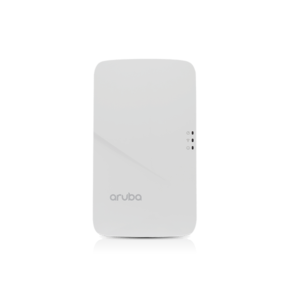Description
Overview
The 530 Series is designed to simultaneously serve multiple clients and types of traffic, boosting overall network performance by up to 4X versus 802.11ac APs.
In addition to 802.11ax benefits, the 530 Series also provide Aruba differentiated capabilities that include AI-powered RF optimization, always-on connectivity and WPA3 certified security.
Additionally, Green AP mode for 802.11ax APs also leverages AI/ML capabilities for energy savings of up to 70%.
| HARDWARE VARIANTS |
|---|
|
| WI-FI RADIO SPECIFICATIONS |
|---|
*Not initially supported; will be enabled in a future software release |
| WI-FI ANTENNAS |
|---|
|
| OTHER INTERFACES |
|---|
*Not initially supported; will be enabled in a future software release |


